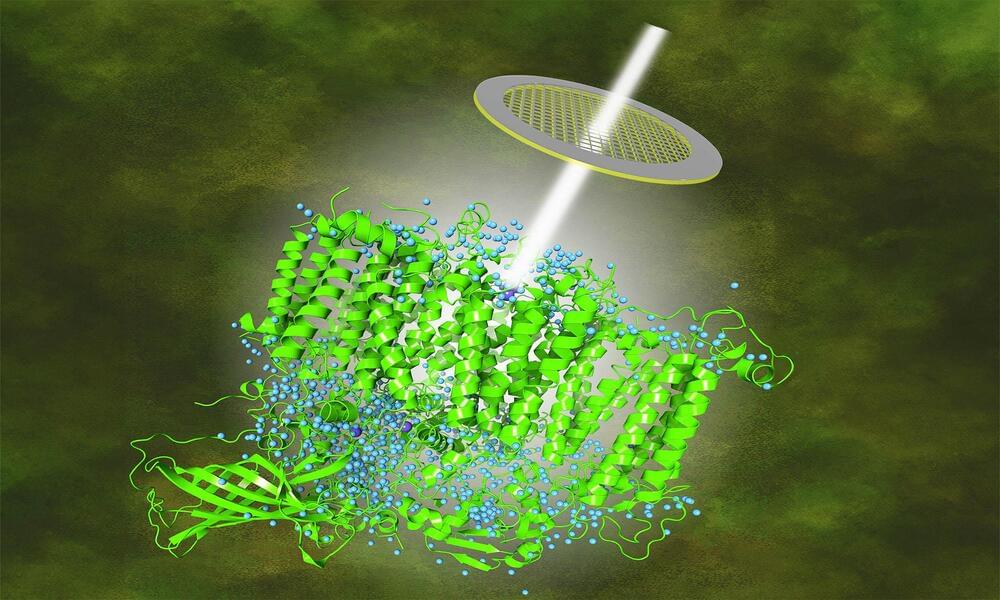Jul 3, 2024
Unlocking the Secrets of Cellular Communication: New Breakthrough Has Vast Medical Implications
Posted by Saúl Morales Rodriguéz in categories: biotech/medical, innovation
Researchers have advanced their understanding of how drugs interact with connexin molecules. Connexins create channels that enable direct communication between adjacent cells. Dysfunctions in these channels play a role in neurological and cardiac disorders. This enhanced knowledge of drug binding and action on connexins could aid in developing treatments for these diseases.
Today we use many electronic means to communicate, but sometimes dropping a note in a neighbor’s letter box or leaving a cake on a doorstep is most effective. Cells too have ways to send direct messages to their neighbors.
Adjacent cells can communicate directly through relatively large channels called gap junctions, which allow cells to freely exchange small molecules and ions with each other or with the outside environment. In this way, they can coordinate activities in the tissues or organs that they compose and maintain homeostasis.


















